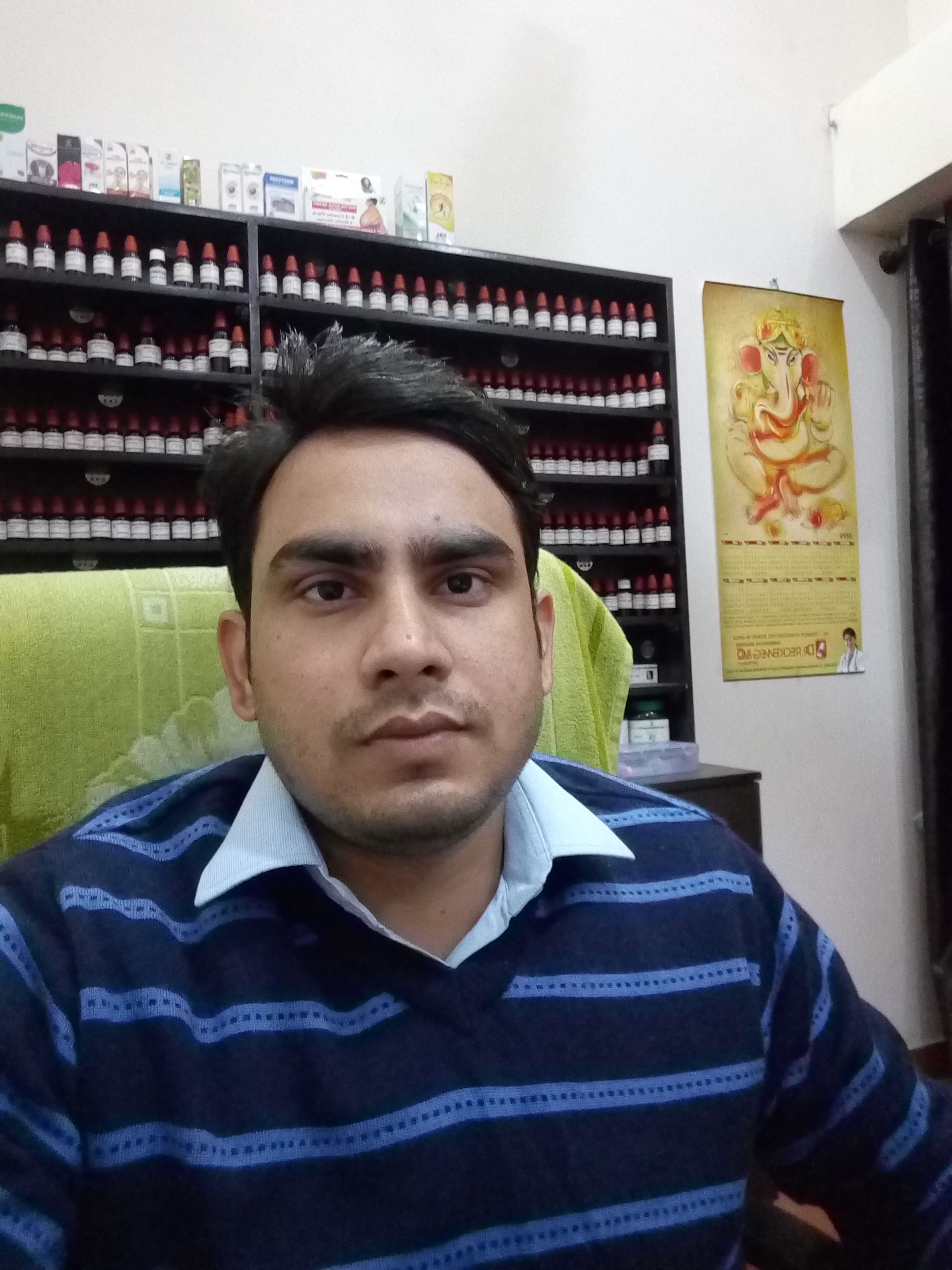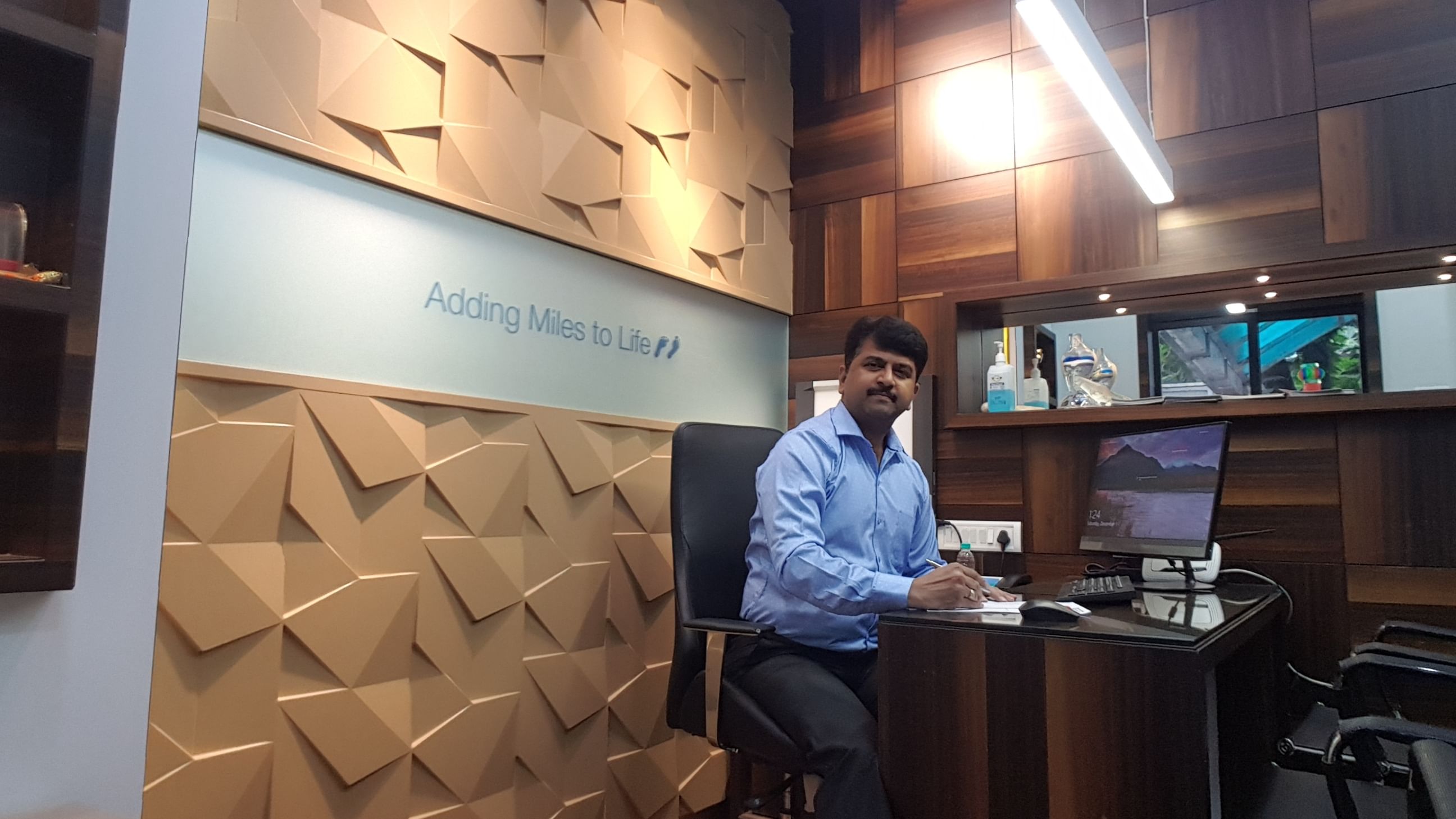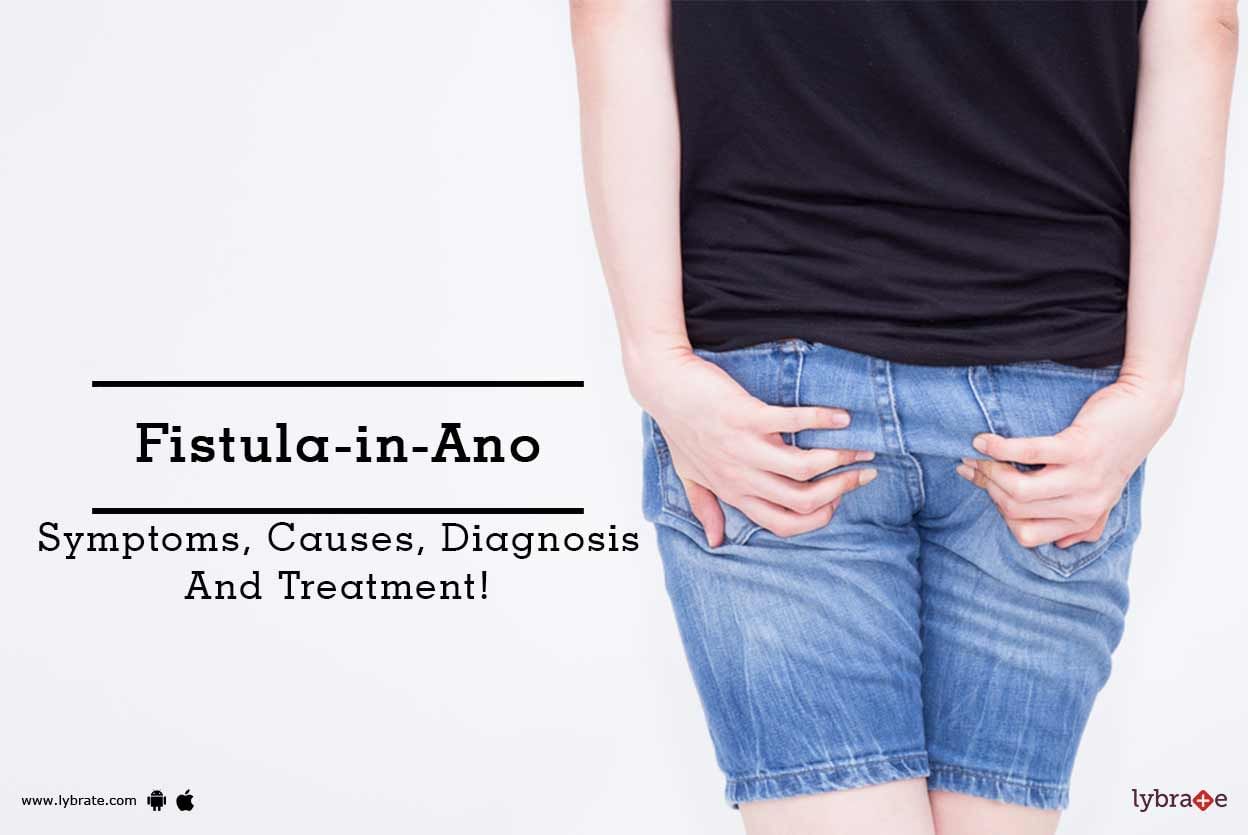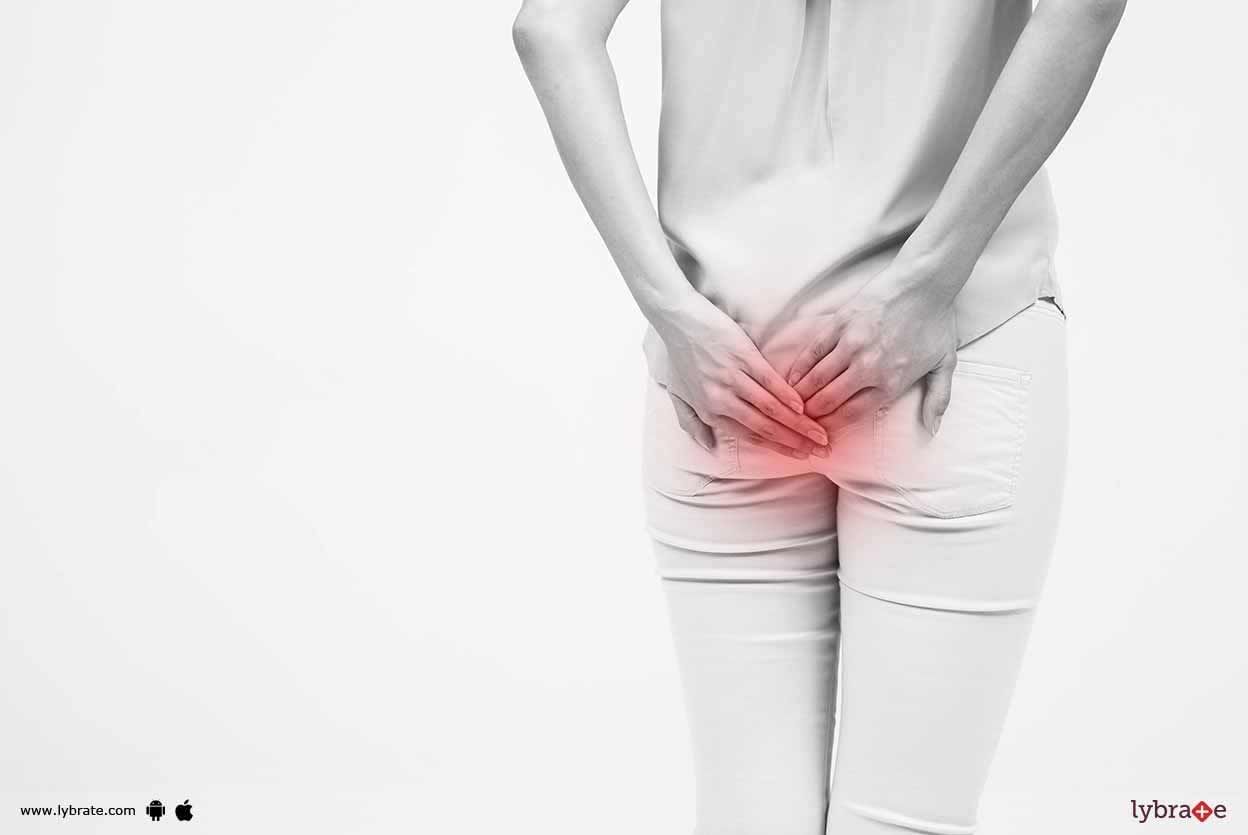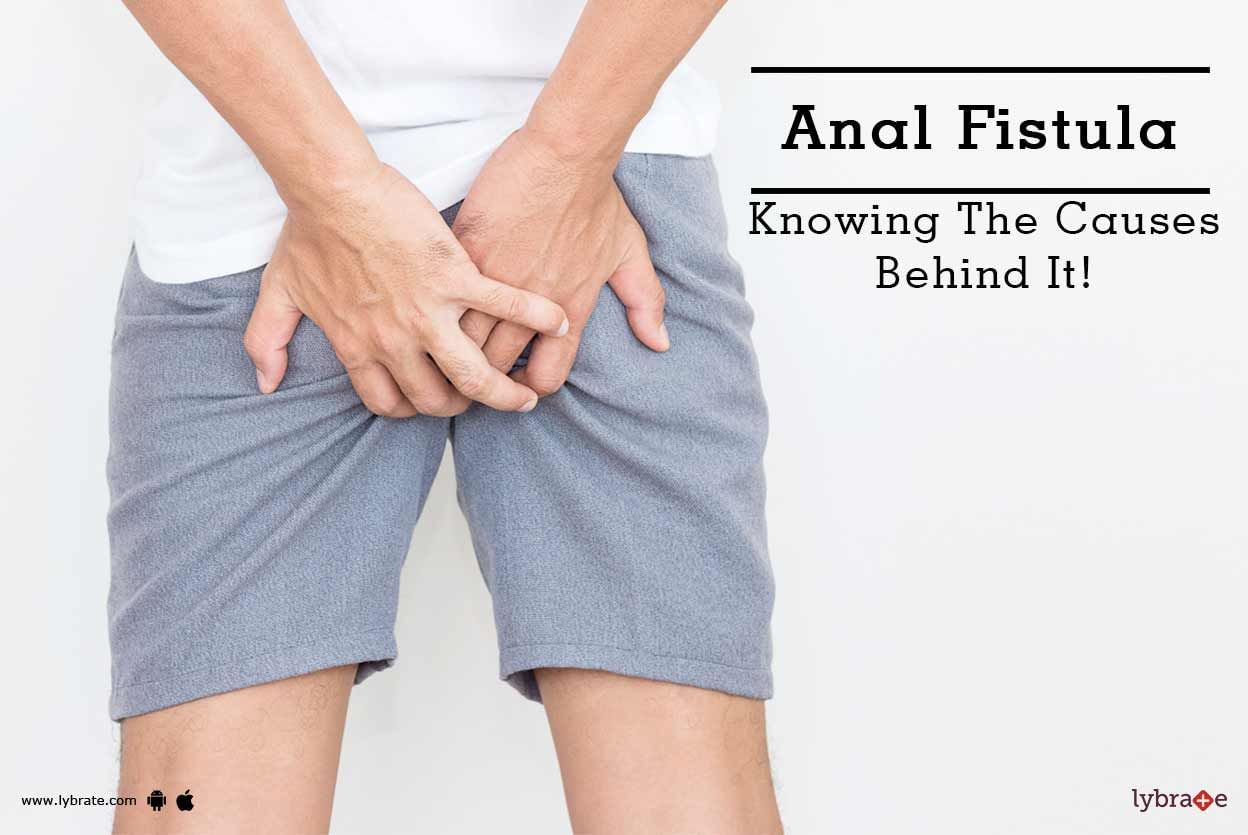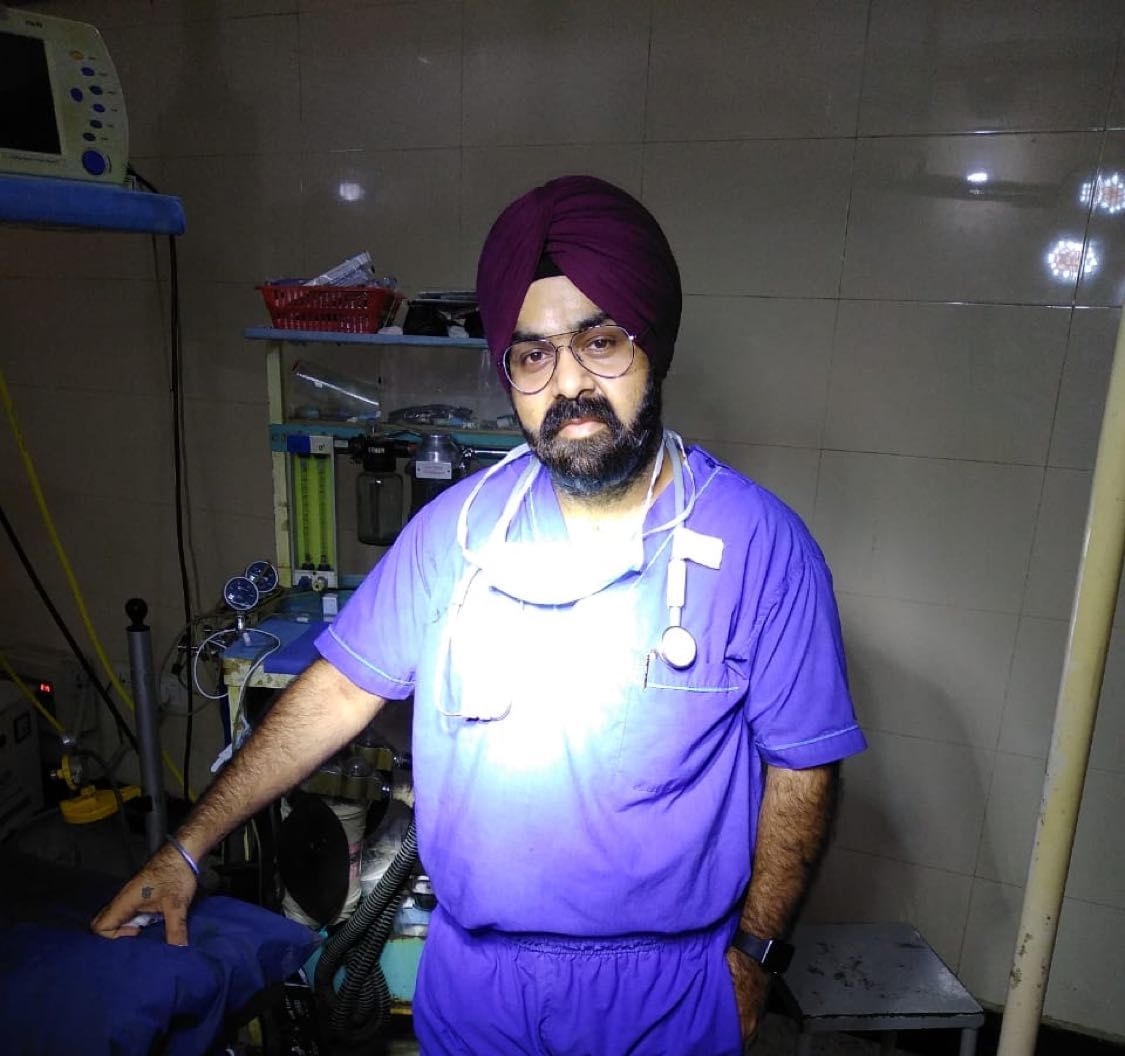Get the App
For Doctors
Login/Sign-up
Health Feed
Find Doctors
Health Packages
AllQ&AsTipsQuizzes
Anus Infection Tips
Last Updated: 3 years ago• Featured Tip
Share
Bookmark
Report
The rectum is found to be a part of the digestive system that starts at the lower portion of the large intestine and it ends at the anus. The pain in the rectal area could occur because of any kind of injury, infection, or injury that has occurred to the rectum or the anus. People are ought to experience pain in their rectal area only at particular times for instance while you are sitting, during bowel movements or walking and depending upon the the cause of the pain that is ...more
Last Updated: 5 years ago• Featured Tip
Share
Bookmark
Report
Perianal Abscess develops near the anus or back passage. Typically it tends to develop quite quickly and people suffer from pain in the rectum or on the anus. The pain can get accompanied by fever, chills and a feeling as if they are not well at all. There can well be an obvious painful swelling alongside the anus or back passage.
A Fistula is always a follow of a previous abscess. A fistula connects a previously infected anal gland to the skin on the buttocks outside the anus. People c...more
A Fistula is always a follow of a previous abscess. A fistula connects a previously infected anal gland to the skin on the buttocks outside the anus. People c...more
Last Updated: 6 years ago• Featured Tip
Share
Bookmark
Report
An anal fistula, is also called as fistula- in -ano, it is a small channel that develops between the end of the large intestine called the anal canal and the skin near the anus. This is a painful condition, especially when the patient is passing stools. It can also cause bleeding and discharge during defecation.
Genesis of fistula-in-ano
Almost all anal fistulae occur due to an anorectal abscess that begins as an infection in one of the anal glands. This infection spreads down to th...more
Genesis of fistula-in-ano
Almost all anal fistulae occur due to an anorectal abscess that begins as an infection in one of the anal glands. This infection spreads down to th...more
Last Updated: 6 years ago• Featured Tip
Share
Bookmark
Report
An anorectal abscess can be a combination of various conditions such as a rectal abscess, perianal abscess, anal abscess etc. It is a condition where pus and stool ooze out from areas of the rectum and the anus. Some of the possible causes of an anorectal abscess include infection in the anal area, sexually transmitted infections and blocked glands in the anal region. Disorders such as diverticulitis and Crohn s disease can also lead to a deep rectal abscess.
What are the risk factors f...more
What are the risk factors f...more
Last Updated: 6 years ago• Featured Tip
Share
Bookmark
Report
An anorectal abscess is a painful swelling near the anus or in the buttock. The swelling contains pus. 60% anorectal abscesses are superficial and resulting from infection in small anal glands present in between internal and external anal sphincters (intersphincteric space). They are known as a perianal abscess. 30% of anorectal abscesses are deep-seated and results in systemic infection. They are call Ischiorectal abscess. Submucous abscess, pelvirectal abscess and pilonidal abscess developed f...more
Last Updated: 6 years ago• Featured Tip
Share
Bookmark
Report
A Fistula refers to an abnormal connection between an organ and another structure. Fistulas develop whenever an organ becomes inflamed or suffers an injury. They happen to be a very common complication of Inflammatory Bowel Disease. Fistulas are particularly common when rectum and the colon are involved.
Surgical procedures are the traditional methods of treatment for Fistula. One of the surgical methods, which doctors usually choose is Fistulotomy. Here, the fistula channel is opened b...more
Surgical procedures are the traditional methods of treatment for Fistula. One of the surgical methods, which doctors usually choose is Fistulotomy. Here, the fistula channel is opened b...more
452 people found this helpful
Last Updated: 6 years ago• Featured Tip
Share
Bookmark
Report
Rectal prolapse means complete rectal prolapse where the rectal walls have prolapsed to a degree where they protrude out of the anus and are visible outside the body.
Types
The different types of prolapse are as-Internal prolapse (internal intussusception). Full thickness or a partial rectal wall is affected but the prolapsed tissue does not pass out of the anus.
External Prolapse- If they protrude from the anus and are visible externally. Full thickness, circumferenti...more
Types
The different types of prolapse are as-Internal prolapse (internal intussusception). Full thickness or a partial rectal wall is affected but the prolapsed tissue does not pass out of the anus.
External Prolapse- If they protrude from the anus and are visible externally. Full thickness, circumferenti...more
Last Updated: 6 years ago• Featured Tip
Share
Bookmark
Report
Bachelor of Ayurveda, Medicine and Surge...read more
Ayurvedic Doctor•Sri Ganganagar
An anorectal condition can be difficult to live with and often remains undiagnosed, due to it being perceived as an embarrassing ailment. Fistulas are conditions where two body parts, that are not meant to be connected, become linked as part of the disorder. Rectal fistulas can be painful and standard treatments are available, which can cure the condition. However, these treatments come with serious side effects.
Most people prefer Ayurvedic fistula treatments over conventional medicati...more
Most people prefer Ayurvedic fistula treatments over conventional medicati...more
Last Updated: 6 years ago• Featured Tip
Share
Bookmark
Report
An anal fistula refers to a small infected tunnel connecting the anus to the outer skin. Your body eliminates solid waste products or feces through the anus. When any of the glands inside the anus becomes infected or blocked, an abscess may form, which in turn results in formation of anal fistula. In about 50% of the cases, abscesses develop into fistulae.
What are the causes for anal fistula? Anal fistulae occur primarily due to the formation of an abscess or infection in the anus. If ...more
What are the causes for anal fistula? Anal fistulae occur primarily due to the formation of an abscess or infection in the anus. If ...more
Last Updated: 6 years ago• Featured Tip
Share
Bookmark
Report
An anorectal condition can be difficult to live with and often remains undiagnosed, due to it being perceived as an embarrassing ailment. Fistulas are conditions where two body parts, that are not meant to be connected, become linked as part of the disorder. Rectal fistulas can be painful and standard treatments are available, which can cure the condition. However, these treatments come with serious side effects.
Most people prefer Ayurvedic fistula treatments over conventional medicati...more
Most people prefer Ayurvedic fistula treatments over conventional medicati...more
Book appointment with top doctors for Anus Infection treatment
View fees, clinic timings and reviews
Ask a free question
Get FREE multiple opinions from Doctors
posted anonymously

